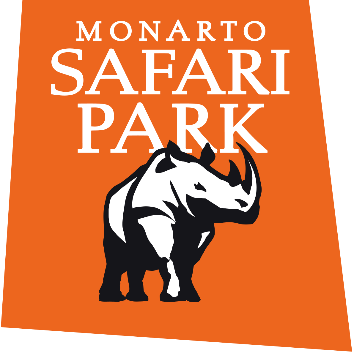Discover More

Annual Membership
Unlimited visits to Adelaide Zoo, Monarto Safari Park and most Australian zoos
View More
Life Membership
Share of lifetime of memorable moments with unlimited visits to Adelaide Zoo and Monarto Safari Park.
View More
Animal Experiences
Meet the meerkats, feed a giant giraffe or tickle a rhino behind the ears!
Discover more




